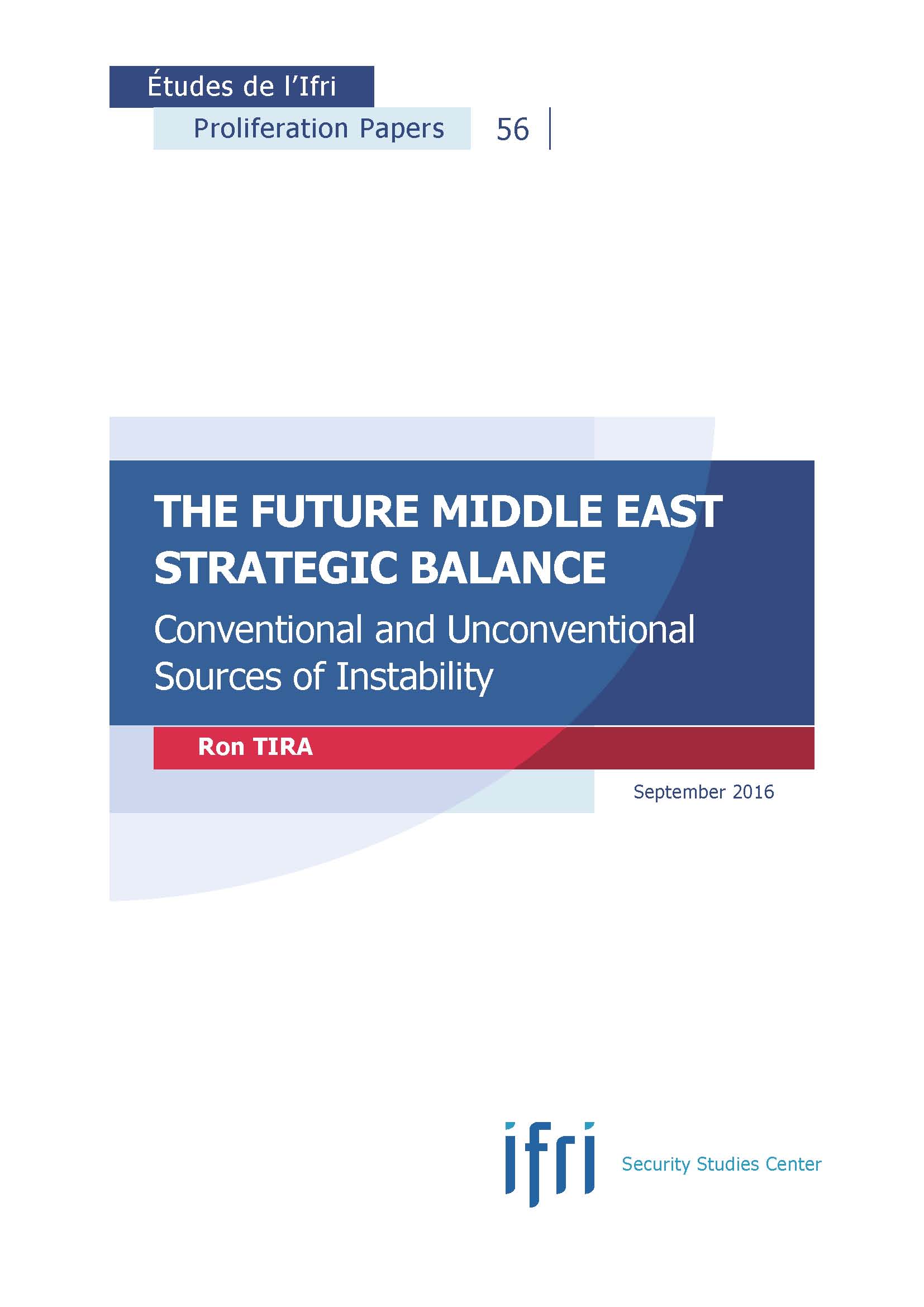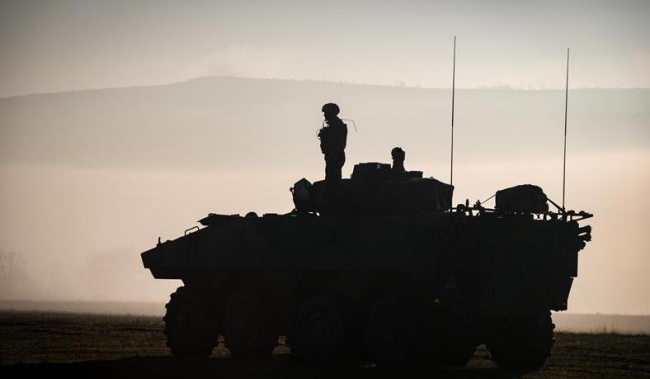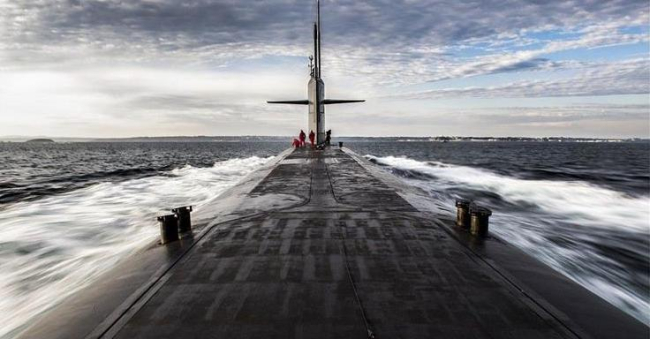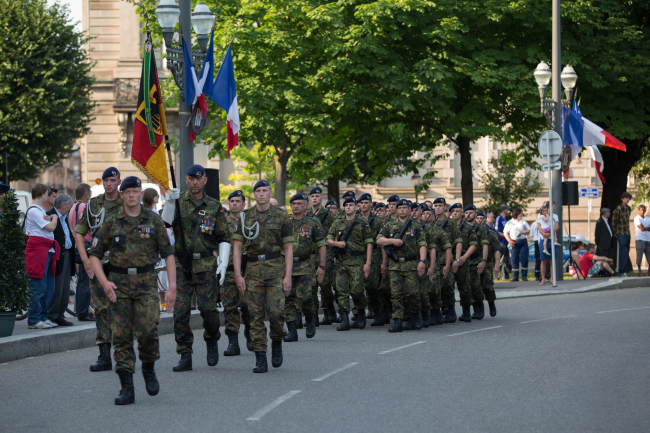The Future Middle East Strategic Balance. Conventional and Unconventional Sources of Instability

This paper seeks to analyze the future Middle Eastern military balance of power, in a time horizon of five to ten years.
It attempts to map future key players, and to identify future fault lines and subjects of regional competition. It then analyzes what drives military effectiveness, and examines the military paradigms of the key players, highlighting the growing gap between these paradigms and the regional context in which they would have to be applied, resulting in the inability of key regional players to overthrow their peers using hard power and the challenges they face to shape most of the conflicts conducted on distant, third-party soil. Finally, in terms of non-conventional capabilities, the Iranian nuclear endeavor is likely to drive Sunni powers to the nuclear threshold either after or even before the nuclear agreement’s 10 to 15-year horizon, while rudimentary chemical, biological and radiological weapons might become the non-states’ weapon of choice for mass impact.

Available in:
Regions and themes
Share
Download the full analysis
This page contains only a summary of our work. If you would like to have access to all the information from our research on the subject, you can download the full version in PDF format.
The Future Middle East Strategic Balance. Conventional and Unconventional Sources of Instability
Related centers and programs
Discover our other research centers and programsFind out more
Discover all our analysesThe Franco-German Brigade and the Revival of European Defense
One thing has been clear since Donald Trump's return to the White House: the very existence of the European unification project is threatened. Unless it develops a sovereign defense policy to counter the war in Ukraine and the weakening of American security guarantees, the European Union will continue to see its internal cohesion and external attractiveness wane.
Taking the Pulse: Can Europeans Build Their Independent Extended Nuclear Deterrent?
Confronted with a U.S. disengagement and the Russian threat, Europeans are reconsidering their stance on nuclear deterrence. Given the capabilities of the French and British arsenals, can Europe develop an independent nuclear deterrent?

RAMSES 2024. A World to Be Remade
For its 42nd edition, RAMSES 2024 identifies three major challenges for 2024.
A Transatlantic Defense Industrial Base? Two Contrasting Views
The evolving landscape of global defense cooperation has brought the transatlantic relationship between the United States (US) and Europe into sharp focus. As geopolitical tensions rise and the threat environment becomes more complex, the question of how Europe can best ensure its security while navigating its relationship with the United States has become paramount. This double feature report offers two contrasting views on the dynamics of US-Europe defense industrial relations, highlighting the challenges and opportunities that lie ahead for both parties.








